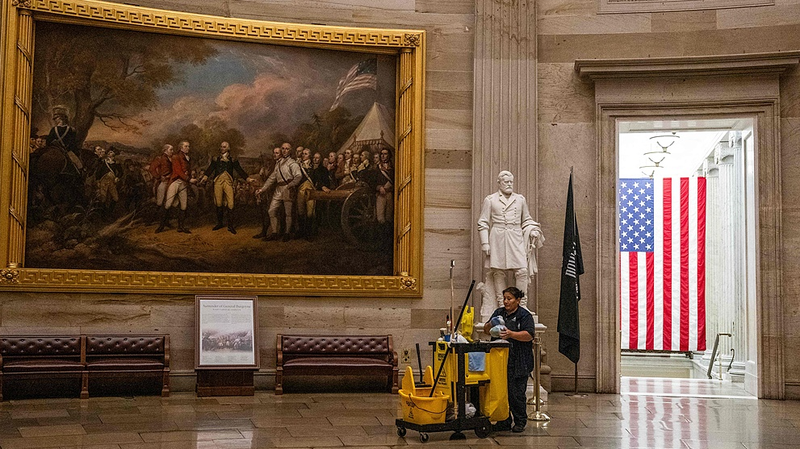It's official: the U.S. federal government has shut down at the start of Wednesday, marking the first shutdown in nearly seven years.
This 15th shutdown since 1981 means a pause on everything from the hotly watched September jobs report to scientific research. Air travel could slow, 750,000 federal workers face furlough (and missed paychecks), and the daily tab already tops $400 million. 😬
Behind the scenes, Democrats and Republicans clashed over healthcare. Democrats wanted to extend ACA subsidies and restore coverage for certain legally present immigrants. Republicans resisted those measures, pushing to keep funding at current levels while talks continue.
The Senate's short-term spending bill fell short of the 60-vote requirement, sending funding to a dead end. With $1.7 trillion on the line for agency operations—about a quarter of the total $7 trillion budget—the stakes are huge.
Wall Street futures dipped, gold hit a record high, and Asian markets wavered as investors worried about data delays and mounting job cuts. The dollar slipped to a one-week low, showing jitters around the shutdown's ripple effects.
It's not the longest pause. That record goes to the 35-day shutdown from December 2018 to January 2019 during Trump's first term. But even short stops can sting if they drag on, hitting paychecks and services.
With the political heat turned up and midterm pressure building for both sides, the next moves in Congress will be critical. Can lawmakers break the deadlock and reopen the government? The clock is ticking! ⏳
Stay tuned for updates! 😉
Reference(s):
cgtn.com




